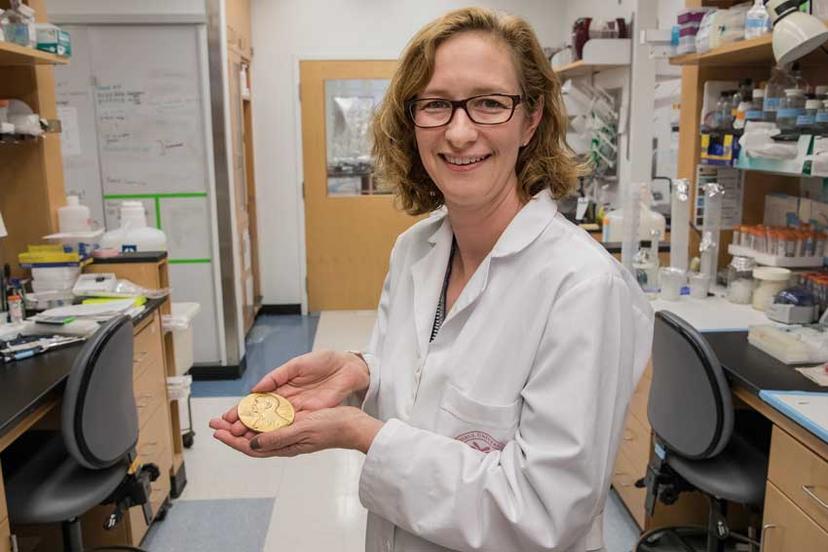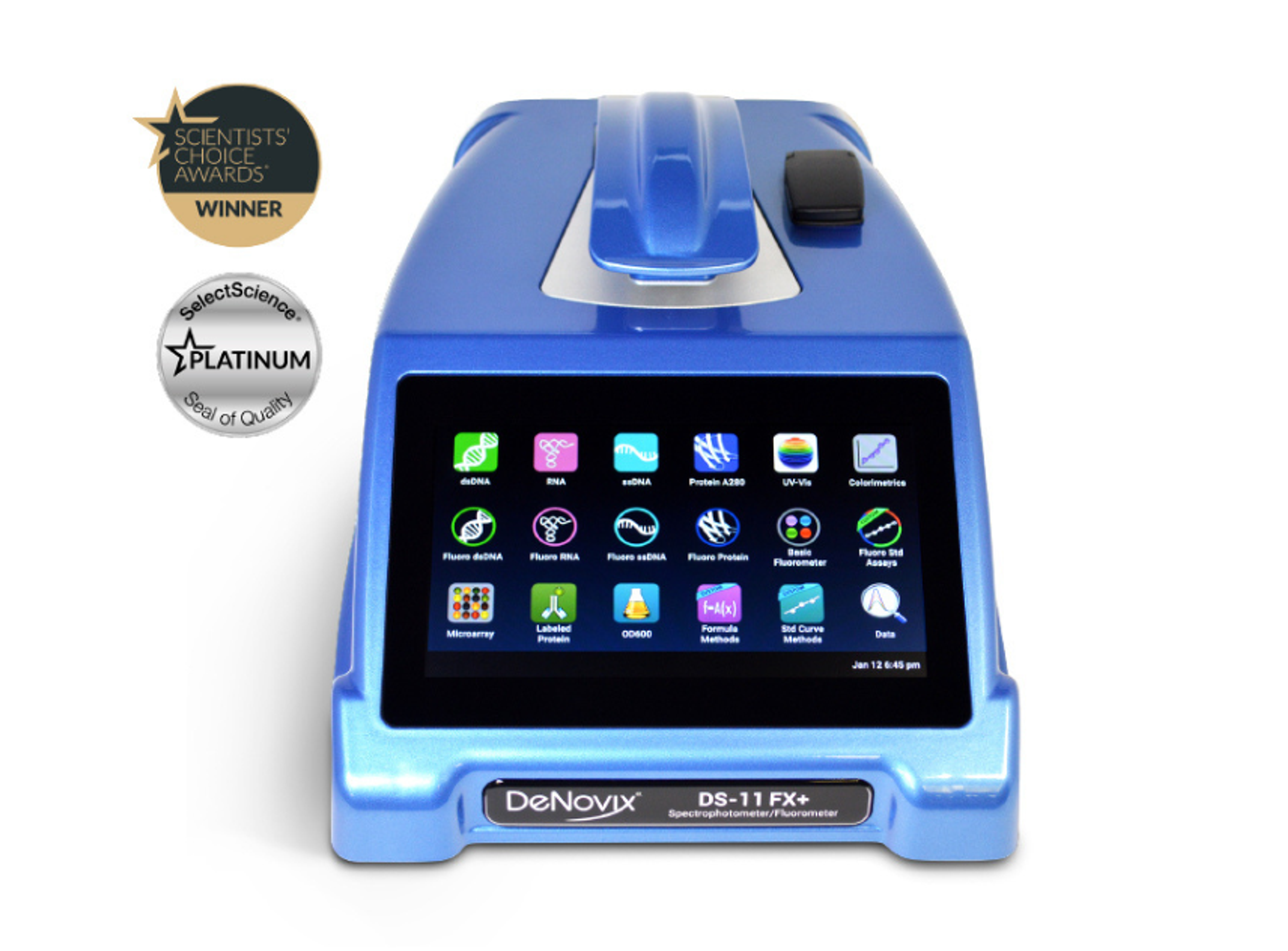The Mechanisms Behind DNA Repair: A New Method and a Nobel Prize Winning Lab
SelectScience interviews Dr Laura Lindsey-Boltz, Associate Research Professor in the Nobel Prize-winning Sancar Laboratory, at UNC-Chapel Hill
20 Jul 2017

Understanding the mechanisms behind DNA repair systems is fundamental to establishing how life is maintained. DNA in cells can be damaged for a variety of reasons and the Sancar Lab, which is based at the University of North Carolina at Chapel Hill, USA, aims to fully understand DNA damage repair.
The laboratory group takes its name from Dr Aziz Sancar, the Nobel Prize-winning scientist, who has devoted his life to studying the mechanisms behind DNA damage. To find out more, SelectScience speaks to Laura Lindsey-Boltz, Associate Research Professor at UNC, who has been a member of the Sancar Lab for 18 years.
Dr Sancar was awarded the 2015 Nobel Prize in Chemistry in recognition of his research into nucleotide excision repair in both bacteria and human cells. This cellular process, which occurs in both eukaryotes and prokaryotes, repairs DNA that has been damaged by ultraviolet-light, carcinogens, or chemotherapeutic agents. Dr Sancar was instrumental in discovering the steps involved in the more basic bacterial mechanism, as well as the more complex mechanism found in humans.
In spite of his remarkable success, Dr Lindsey-Boltz says, “Dr Sancar is determined that his winning the Nobel Prize will not distract him or his laboratory from continuing to perform high-quality research.” She adds: “There has been very little change in the lab, and we continue to perform science that we hope will illuminate important questions in our fields of study.”
Dr Sancar is determined that his winning the Nobel Prize will not distract him or his laboratory from continuing to perform high-quality research.
Dr Laura Lindsey-Boltz University of North Carolina at Chapel Hill
The lab has recently developed a novel method to measure DNA damage and repair across the whole genome. One technique, name XR-seq (excision-repair sequencing), gives researchers the ability to isolate and sequence the small (~30 polymer long) sequences which are snipped from the genome during human nucleotide excision repair. In determining the sequences of these adducts, the team has determined the location of these cuts on the genome.
Since the first paper utilizing this technique to map the genome-wide location of excision repair was published in 2015, the team has now applied the technique to study the repair of damage induced by the anticancer drug, cisplatin, and the major carcinogen in cigarette smoke, BPDE. Furthermore, Dr Lindsey-Boltz is currently applying this method to determine if there is a difference in DNA repair during different cell cycle states in human cells.
With research so innately focused on DNA, being able to accurately quantitate DNA concentrations is fundamental. To that effect, Dr Lindsey-Boltz utilizes the DS-11FX from DeNovix to easily determine concentration. This all-in-one system enables scientists to accurately determine DNA concentrations by either a microvolume, or cuvette volume absorbance; or through fluorescence methods using the integrated fluorometer. According to Dr Lindsey-Boltz, she has found the DS-11FX to be “very reliable” and says it suits the lab’s needs well. Additionally, she found that it is attractively priced for a such a comprehensive instrument.
Looking to the future, one of the team’s goals is “to be able to view DNA damage and repair at a three-dimensional level in the cell”. However, as Dr Lindsey-Boltz goes on to explain: “This will require advances in single cell technologies that we do not currently have.” This serves to highlight the need for continued growth and development in the biotechnology sector.

